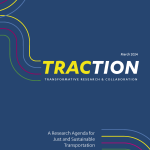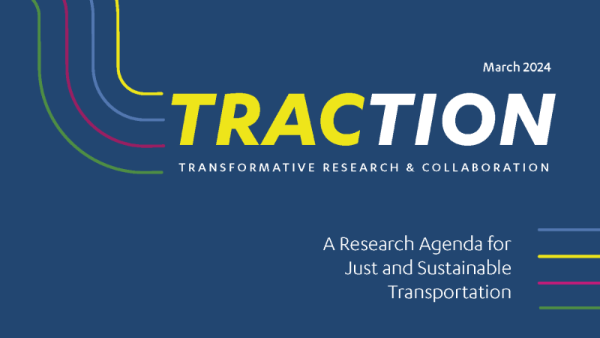LA’s efforts to address sexual harassment on public transit informed by UCLA research

At its May 13 meeting, the Los Angeles City Council unanimously approved a list of recommendations targeted at “curtailing street harassment in public spaces and transit systems.” The effort, which was preceded by a motion passed last June that requested recommendations from several City departments, was spurred on by UCLA research.
Recent work led by UCLA urban planning professor Anastasia Loukaitou-Sideris investigates the scope of sexual harassment in transit environments and provides policy recommendations for addressing it. Ultimately, the recommendations put forth by the Council hew closely to those outlined by Loukaitou-Sideris and colleagues, including collecting harassment data, attending to the physical environment, and undertaking educational campaigns.
In a 2020 publication, Loukaitou-Sideris studied the harassment that college students face while traveling to, from, and on public transit, and how that shapes their travel behaviors. Her research in Los Angeles, conducted alongside collaborators in cities around the world, showed that harassment on transit is a global experience.
The research team found that the vast majority of respondents experienced harassment in transit environments; female students reported much higher rates, but male students were also affected. In response, students take precautions including reducing or halting transit use — particularly female students. Significantly for transit agencies, the study found that the physical and social environment influenced and could mitigate the type and incidence of harassment. The report also detailed 10 recommendations for increasing safety and security, including better lighting and visibility of transit environments and allowing on-demand stops at night.
It was a number of these actions that made their way into the original Council motion and recently adopted recommendations. These include directing the Department of Transportation to collect data on harassment, analyze public spaces under their jurisdiction for potential safety improvements, and explore the possibility of including real-time harassment information alongside bus arrival times.
The Council also requested a handful of other departments review the public space under their jurisdiction, including the Department of Recreation and Parks, Bureau of Street Lighting, and Bureau of Street Services, and directed the Civil, Human Rights and Equity Department and the Department of Cultural Affairs to design an anti-harassment public relations campaign.
The recent Council actions recognize the severity of street harassment and its disproportionate impact on vulnerable populations including people of color, women, people with disabilities, LGBTQ+, seniors, and adolescents.
The Public Transportation Safety among University Students research was published by the UCLA Lewis Center for Regional Policy Studies, and received funding support from the UCLA Institute of Transportation Studies and the Pacific Southwest Region University Transportation Center.
Recent Posts

Student research on freeway removal, redesign wins national award
Carolyn Pugh MURP ’24 focused her capstone project on the Inner Loop freeway-to-boulevard project in Rochester, New York.

UCLA at TRB 2025
UCLA will have a significant presence at the 2024 Transportation Research Board Annual Meeting in Washington, D.C.










